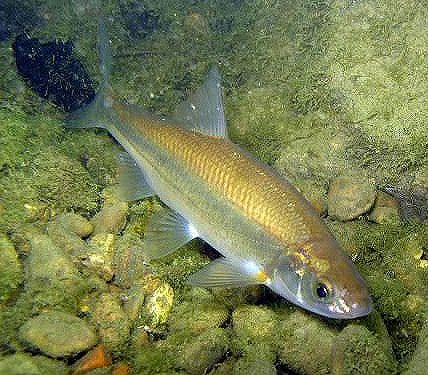-
 Oceanic zone
Oceanic zone
-
 Black ice
Black ice
-
 CP symmetry violation
CP symmetry violation
-
 Hippocampus
Hippocampus
-
 Sulphide body
Sulphide body
-
 Visual pollution
Visual pollution
-
 Apogee kick motor
Apogee kick motor
-
 LINAC
LINAC
-
 Soil pit
Soil pit
-
 Giant magnetoresistance
Giant magnetoresistance
-
 MA
MA
-
 NEAR-Shoemaker
NEAR-Shoemaker
-
 Noctilucent cloud
Noctilucent cloud
-
 European crab apple
European crab apple
-
 Mannose
Mannose
-
 Colonoscopy
Colonoscopy
-
 Nucleic acids
Nucleic acids
-
 Evaporitic
Evaporitic
-
 Citrate
Citrate
-
 Perfluorinated compound
Perfluorinated compound
-
 Green and blue framework
Green and blue framework
-
 Composite skeleton
Composite skeleton
-
 Torrent
Torrent
-
 Drag force
Drag force
-
 Decryption
Decryption
-
 Gastric
Gastric
-
 Higgs boson
Higgs boson
-
 Rosemary
Rosemary
-
 Meristem
Meristem
-
 James Webb space telescope
James Webb space telescope
Southwest European nase
According to the French national red list, the Southwest European nase is a threatened species in France.
The Southwest European nase, or toxostome, is a species that lives in shoals along the pebbly floors of fresh water torrents where it finds most of its: microscopic algae (diatoms), filamentous algae and small invertebrates (crustaceans and molluscs). An indigenous species to the Rhone, Garonne and its tributaries, as well as the Adour, the Southwest European nase has now almost entirely disappeared from the Rhone-Saone axis and only survives in a few tributaries, which explains its " nearly threatened" status.
French national red list category: nearly threatened (NT)
The development of watercourses is one of the main factors behind the species' decline. The presence of dams blocks the free circulation of the Southwest European nase when it migrates towards its laying areas. Variations in water levels, caused by the release of water by dams, destabilise the substrates where its eggs are laid and greatly disturbs its clutches. The extraction of aggregate has also been very detrimental to the species.
Furthermore, competition with the common nase over habitat seems to be in favour of the latter. The colonisation of this fish in France has also led to instances of hybridisation between the two species that can now be seen throughout a large part of the Rhone basin.
Legal protection of the Southwest European nase
Besides its inclusion in Annex II of the European " Habitats" directive on the conservation of natural habitats and wild flora and fauna (1992), the Southwest European nase is not protected by any French regulations. It is therefore at risk of joining the ranks of threatened species in France if the causes of its decline are not eliminated.
Sources
- IUCN France
- MNHN
- SFI & ONEMA (2010)
- Red list of threatened species in France - chapter on " Freshwater fish of Metropolitan France". Paris, France.
 A Southwest European nase. © Mickael Béjean
A Southwest European nase. © Mickael Béjean
Latest
Fill out my online form.



